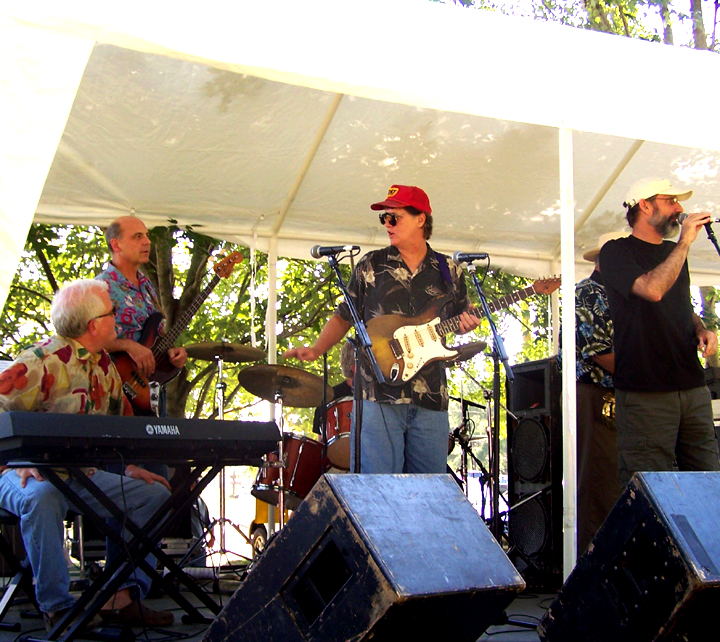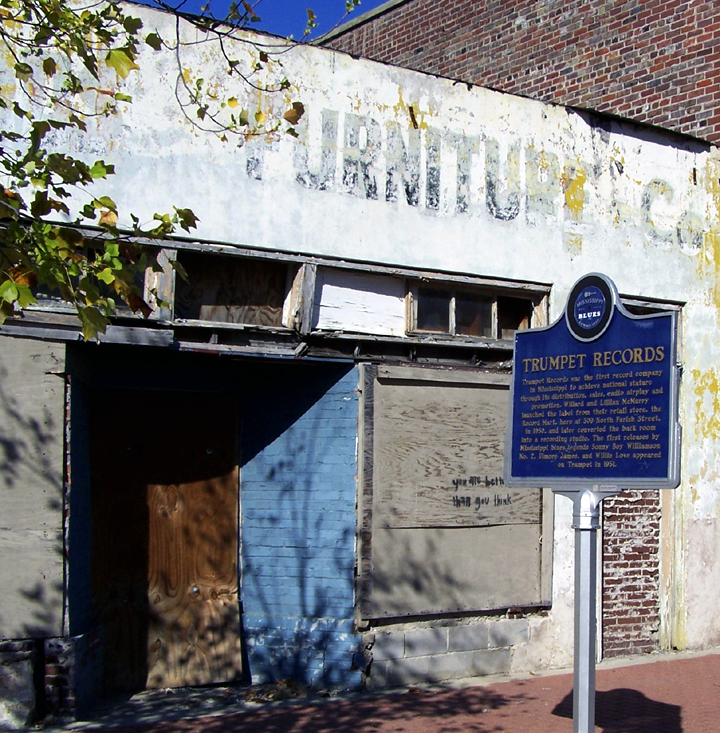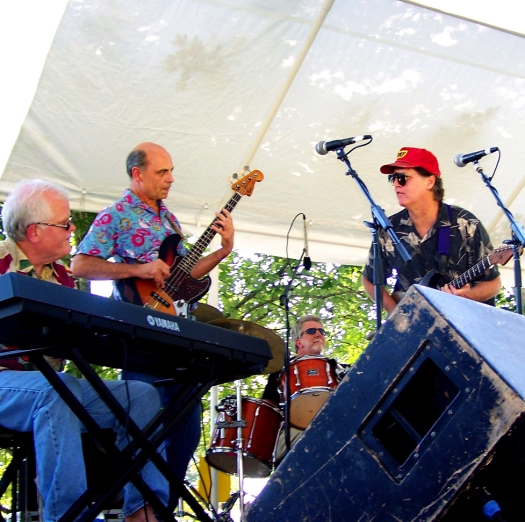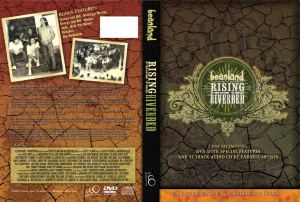In March 2014, Jack White’s Third Man Records and John Fahey’s Revenant Records released the second and final volume of its limited edition box sets, “The Rise and Fall of Paramount Records”. The first volume, issued in November 2014, documented Paramount’s origins as a furniture manufacturer (1888) on a Michigan river to nationally-distributed recording company (1917) that came to immortalize the names of Jelly Roll Morton, Louis Armstrong, Alberta Hunter, Ethel Waters, Ma Rainey and Fats Waller, among many others.
Paramount began its “race record” series in 1922 with a scattering of vaudeville blues by Lucille Hegamin and Alberta Hunter. These recordings quickly became a profitable sideline for the company, and when Blind Lemon Jefferson was discovered by a Texas record dealer and became Paramount’s stellar recording artist in 1926, Paramount shifted its focus to Southern blues, folk and spiritual music. This second volume of “The Rise and Fall” documents the label’s brief but incalculably influential final period between 1928 and 1932. These recordings established the foundations of Mississippi blues, the Golden Age of Gospel (1945-58), the swing bands of the 1940s, and documented a treasure-trove of sound that defies classification. In the introductory narrative to the art book included with the box set, Scott Blackwood asserts that Paramount “caught sounds more representative of the quality and variety of America’s vernacular music in the 1920s and ‘30s than anything being done by the Library of Congress or anyone else.”
Blues authority Edward Komara agrees. “The Library of Congress folk music division did not begin until 1928, and the Lomax father-and-son team (John and Alan) embarked on their first field-recording trips of consequence in 1933, one year after Paramount had closed. In the late 1930s, Alan Lomax recognized the Paramount 78s as relevant to the kinds of folk music sung and played before 1933. Furthermore, when Harry Smith compiled the Anthology of American Folk Music sets in the early 1950s for Folkways Records, he used quite a few of Paramount’s recordings. So for a lot of blues and a fair amount of other music before 1933, listeners will only find them on Paramount.”
Mississippi blues are first mentioned in Charles Peabody’s “Notes on Negro Music” in the July-September 1903 issue of “The Journal of American Folk-Lore”. He described the music, which he heard near Clarksdale, as “…weird in interval and strange in rhythm; peculiarly beautiful.” Around the same time, at a train stop in Tutwiler, W.C. Handy first heard a Delta slide guitarist playing and singing “Goin’ Where the Southern Crosses the Dog.” With the celebrity of Blind Lemon Jefferson, and building on the work of J. Mayo “Ink” Williams, who had marketed Paramount’s recordings to African-Americans through the company’s large mail-order operation, the label soon discovered a gold seam in the Mississippi Delta by way of H.C. Speir, who owned a furniture store on Farish Street in Jackson. Speir was Paramount’s premier talent scout in Mississippi. While the company was building its new recording studio in Grafton, Michigan in 1929, Paramount sent Speir’s recent discovery, Charley Patton, to the studio of Gennett Records in Richmond, Indiana, where he cut 14 sides that established Patton as the “Father of the Delta Blues”. The year 1928 heard the first notes of a swan song for Paramount, but in the years before its demise in 1932 the label produced some of the most coveted recordings in the brief history of wax; a staggering playlist of 175 artists, including Skip James, Son House, Tommy Johnson, Geeshie Wiley and Elvie Thomas, The Mississippi Sheiks and scores of others.
The recordings on Volume Two span 800 newly-remastered digital tracks, all of them on a specially-programmed USB app, and 96 of the best on 6 vinyl LPs. Blues recordings comprise the lion’s share of this content, 580 tracks of blues, or 74% of the 800 tracks; 108 tracks fall into the category of sacred music, the rest, some 112 tracks, are of white dance or country/hillbilly music. Some defy classification, such as those of early southern fiddler D.D. Hollis performing songs that he had learned as a boy in the 1860s and 1870s and the sides by ukulele players Small and Hayes. Komara notes that among the tracks on the second Paramount set that Mississippians should know are Charley Patton’s “Pony Blues”, “Spoonful Blues,” and “High Water Everywhere”; Son House’s “My Black Mama”; Willie Brown’s “Future Blues”; Skip James’ “I’m So Glad” and “Hard Time Killin’ Floor Blues”; Geechie Wiley’s “Last Kind Words Blues”; and Elvie Thomas’ “Motherless Child Blues”, but that is only scratching the surface. The LPs are pressed on label-less alabaster-white vinyl, each side with its own hand-etched numeral and holographic image; also included in the set is a first-of-its-kind music and image player app containing all tracks and ads, housed on custom metal USB drive.
Almost at par with the recordings are the printed materials included in the box set, two genre-definitive large-format books: a 250-page hardcover art book and 400-page field guide. The key words here are “genre-definitive”, since the bulk of information they contain as well as the level of scholarship and research they represent is with the exception of contributor Alex van der Tuuk’s Paramount’s Rise and Fall (Mainspring Press, 2003) the most complete and authoritative work thus far on the Paramount Record label. The art book is a sumptuous compilation in terms of both text and images. Blackwood’s narrative in Volume Two, a preface and 10 chapters, covers the label’s “final, furious push … a push for a kind of immortality, it turned out, though no one involved would have deigned to even dream of such a thing.” Blackwood, it should be noted, was nominated for a 2015 Grammy for his narrative in Volume One and this companion piece, as poetic as it is informative, scattered with images of performers and company personnel, should be savored and studied as a masterful assessment of the declining arc of an American musical and entrepreneurial phenomena. The 115 pages of plates include an astounding range of advertisements (over 90 from The Chicago Defender), labels on 78s, letters, invoices and other ephemera. The field guide though stark by comparison is nonetheless just as impressive with 400 pages of artist bios and portraits as well as the full Paramount discography.
The collection is housed in a handsome polished aluminum and stainless steel Machine Age-style cabinet, upholstered in sapphire blue velvet. As Revenant owner Dean Blackwood elaborated in a December 2013 interview with Downbeat magazine, “The Rise and Fall of Paramout” leaves the world of box sets far behind. “Boxed sets are a ghetto, limited by their category. We didn’t want to imitate a form, but to achieve the form itself. It’s more like a piece of furniture, or a first edition book.” In order to achieve the form of a piece of furniture, Third Man and Revenant risked lowering the priority of the recorded music to equal standing with the visual and tactile materials, an appropriate gamble for Paramount Records since after all the label’s owner was a furniture company that rolled dice and came up with sevens.
Though Mississippi blues, Delta blues in particular, are globally recognized as America’s premier contribution to world music, the vast majority of the genre’s devotees in the state who canonize its artists and exploit its legacy have never heard its essential sounds. Komara asserts that there is “no better primer of early Mississippi blues (Delta and elsewhere) than what you have access to in the second Paramount set.” At $400, “The Rise and fall of Paramount, Volume Two” exceeds the budgets of many if not most people, but these recordings should be a serious consideration for any Mississippian who has an abiding love for the blues or Mississippi music in general, particularly those with an eye for stylish packaging. This set is also recommended as an essential addition to libraries in the state whose patrons would utilize it as a resource for entertainment as well as education.



















